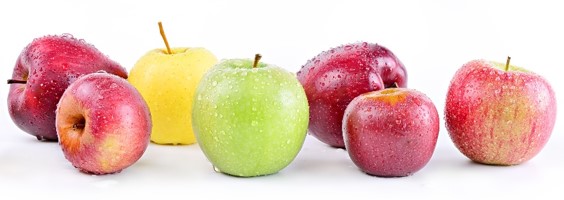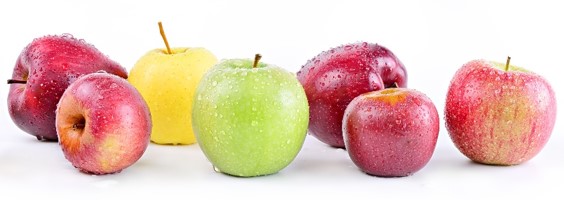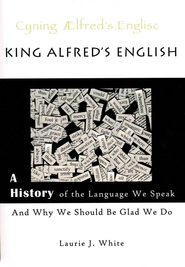Students will follow along as I guide them through my experience with making stained-glass butterflies. As they read, they’ll be learning how to write a how-to and then insert transitions into the essay to move their readers easily through the process.
Suitable for students in 5th – 12th grade.
My stained-glass how-to essay
Last week I attended a class on how to make stained-glass butterflies. You know, the kind you hang up on a window with little suction cups.
The teacher was very clear on how to do each step. We practiced cutting glass first, listening for the “hiss” that showed we were scoring the glass correctly with our cutters. After we had cut a line and a circle (both of which I messed up), he moved us to the next step.
I chose what I thought would be a simple butterfly design and found out how wrong I was.
Read More



















